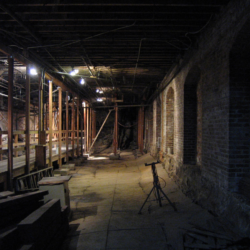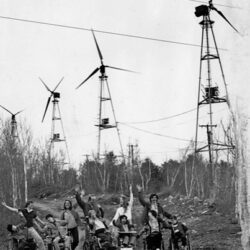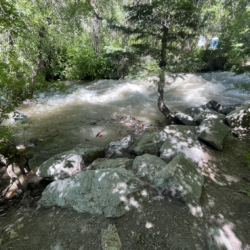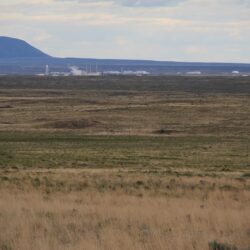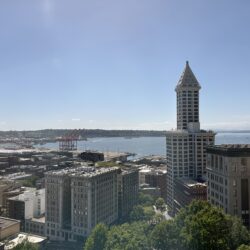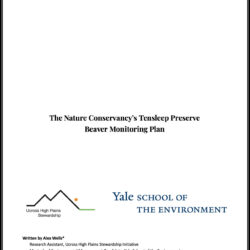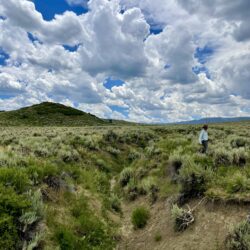Underground History Lessons in King County—Ingrid Thyr
Last weekend, I checked off one more box from my summer to-do list as I descended beneath the streets of Seattle and attended Bill Speidel’s Underground Tour. For approximately 75 minutes, I got a crash course in early Seattle history and enough musty basement air to last me for a while. And, although this adventure Read more about Underground History Lessons in King County—Ingrid Thyr[…]

